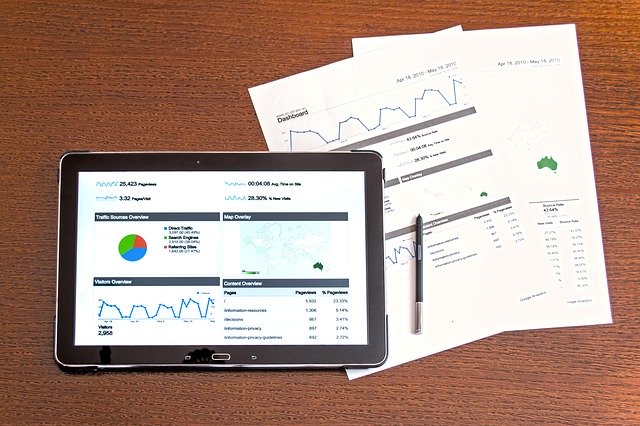For many sellers across the world, eBay brings one of the largest sales volumes, and keeping the eBay store running is crucial for the business.
The number of listings on the platform is growing non-stop. As of 2019, there were 1.3 billion listings on eBay, and the number will most probably rise more rapidly after the Corona crises.
With so many listings, the competition is fierce, and ranking for the first pages is difficult as ever. Now you not only have to have a great product and a reasonable price, but you should also be smart about the strategies you use on eBay.
And we are here to help you out with the pricing strategies.
Now, let’s get to it and see what you can do to step up your game.
Match the top items on the search results
More often than not, the highest-rated items are not the cheapest ones, and you don’t have to drop your prices to the floor to rank high. Be careful with this, as sometimes the same product with a higher price will sell better than the one at a lower price.
Why is that?
A lower price can indicate that the product is cheap and is not made well, yet a higher price for the same product says, “I’m worth it, pay for me, and you’ll see.” Of course, your product, the customer service you provide, and the delivery should be good. These will help you get better feedback, which will justify your higher price.
Best match strategy
If the matching the top-rated sellers was the rule for the first strategy, here, you are matching the first few sellers on the search results page.
Now, on the first page of your search results are not only going to be the top-rated sellers but also items that match the search query best but are not necessarily top-rated.
By matching with these sellers, you will make sure that whatever the search results show, you are always right there offering your listing.
Lowest price strategy
Another strategy is to set the lowest price on the market. This will ensure that you capture those customers who are on a budget and for whom the quality is not very important.
Don’t get me wrong, you may still have good quality and great service, but these are the kind of customers your lower price will attract. You will have buyers, but they will most likely be just one time buyers.
It also might be wise to consider that some sellers can be selling the items at their cost or even lower due to some internal issues. So this might give you the wrong idea about the market.
Match a competitor
Matching a certain seller on eBay is another strategy you can use to take the reins. This strategy can be useful if you and your competitor have similar ratings, and you have great feedback to back you up.
If, at this point, you two are ranking high, all the other variables are similar, and all you have to worry about is the pricing strategy, then go for this strategy.
When trying to utilize the above-mentioned strategies, you don’t have to make all the calculations yourself; you can try repricing tools to help you with price setting and adjustments. An example of a repricing tool would be StreetPricer, where you can start with a free plan and upgrade it if you need to. All you have to do is to set up the pricing rules you want to follow, and StreetPricer will give you the best prices.
These are 4 strategies that are mostly used by eBay sellers. Hopefully, this was helpful and that using these strategies will be profitable for you.

